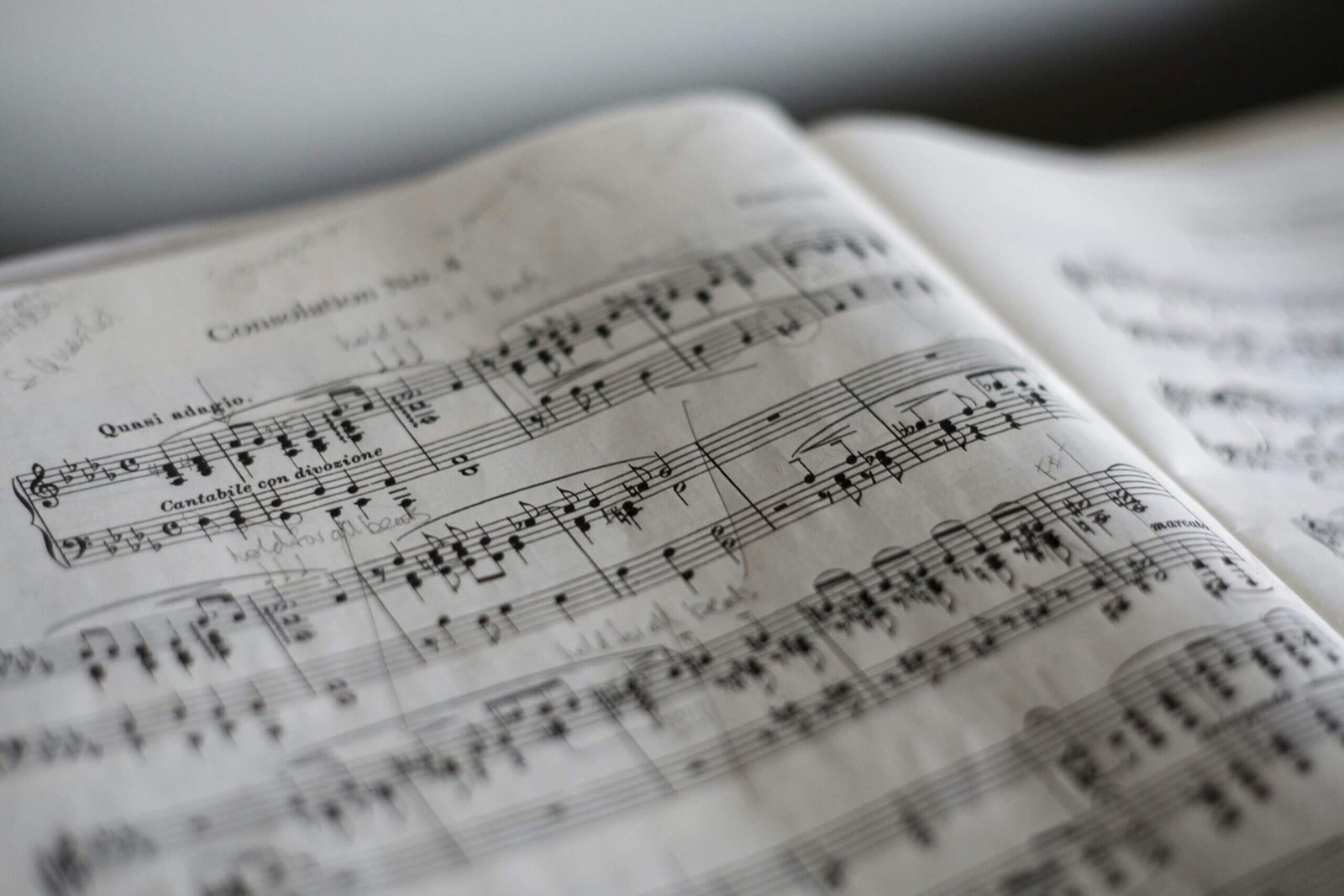Music composition is a fascinating art form that allows individuals to express their creativity and emotions through sound. Whether you are a budding musician or a seasoned composer, understanding various music composition techniques can greatly enhance your ability to create captivating and memorable pieces. In this blog post, we will explore some key techniques that can help you unlock the full potential of your musical creations.
Melody and Harmony
One of the fundamental aspects of music composition is the interplay between melody and harmony. Melody refers to the main musical theme or tune, while harmony refers to the accompanying chords and harmonies that support the melody. A strong and memorable melody can captivate listeners, while well-crafted harmonies can add depth and richness to your composition.
Experiment with different melodic patterns, intervals, and rhythms to create unique and interesting melodies. Consider using techniques such as repetition, variation, and sequence to develop your melodies further. When it comes to harmony, explore different chord progressions, inversions, and voicings to create a harmonic framework that complements your melody.
Rhythm and Meter
Rhythm and meter play a crucial role in music composition, providing the foundation upon which melodies and harmonies are built. Experiment with different rhythmic patterns, accents, and syncopation to create a sense of movement and energy in your compositions. Consider exploring various meters, such as 4/4, 3/4, or 6/8, to give your music a distinct rhythmic feel.
Furthermore, don’t be afraid to experiment with unconventional time signatures or polyrhythms to add complexity and interest to your compositions. Remember that rhythm is not limited to percussion instruments; it can be expressed through the timing and phrasing of any instrument or voice.
Texture and Timbre
Texture refers to the overall sound quality and density of a composition. It can be achieved through the combination of different musical elements, such as melody, harmony, rhythm, and instrumentation. Experiment with different textures, such as monophonic (single melodic line), homophonic (melody with accompaniment), or polyphonic (multiple independent melodies).
Timbre, on the other hand, refers to the unique sound quality of individual instruments or voices. Consider the timbral characteristics of different instruments and how they can be combined to create interesting and contrasting textures. Experiment with orchestration and instrumentation to achieve the desired timbral palette for your compositions.
Form and Structure
Form and structure provide the framework for organizing the different sections of a composition. Explore different musical forms, such as binary (A-B), ternary (A-B-A), or rondo (A-B-A-C-A), to shape the overall structure of your piece. Consider the use of transitions, codas, and development sections to create a cohesive and engaging musical journey.
Additionally, pay attention to the pacing and balance of your composition. Experiment with dynamics, tempos, and articulations to create contrast and tension within your music. This will help maintain the listener’s interest and create a sense of emotional depth and narrative.
Emotional Expression
Lastly, music composition is a powerful medium for emotional expression. Use your knowledge of music theory and composition techniques to evoke specific emotions in your audience. Experiment with different tonalities, modes, and chromaticism to create the desired mood or atmosphere in your compositions.
Remember that there are no strict rules when it comes to music composition. These techniques are merely tools to help you explore and expand your creative boundaries. Embrace experimentation, listen to a wide range of musical genres, and draw inspiration from various sources to develop your own unique style and voice as a composer.
By understanding and incorporating these music composition techniques, you can take your compositions to new heights and create music that resonates with both you and your audience. So, grab your instrument or sit at your piano, and let your imagination soar as you embark on the journey of musical creation.

